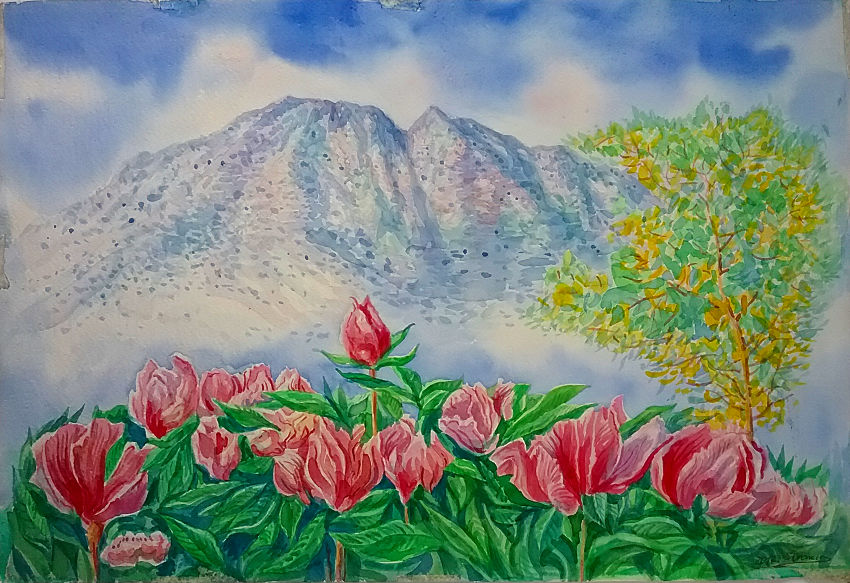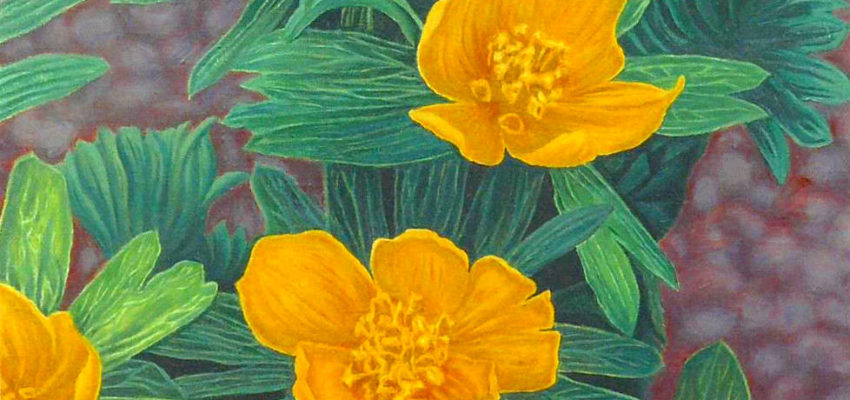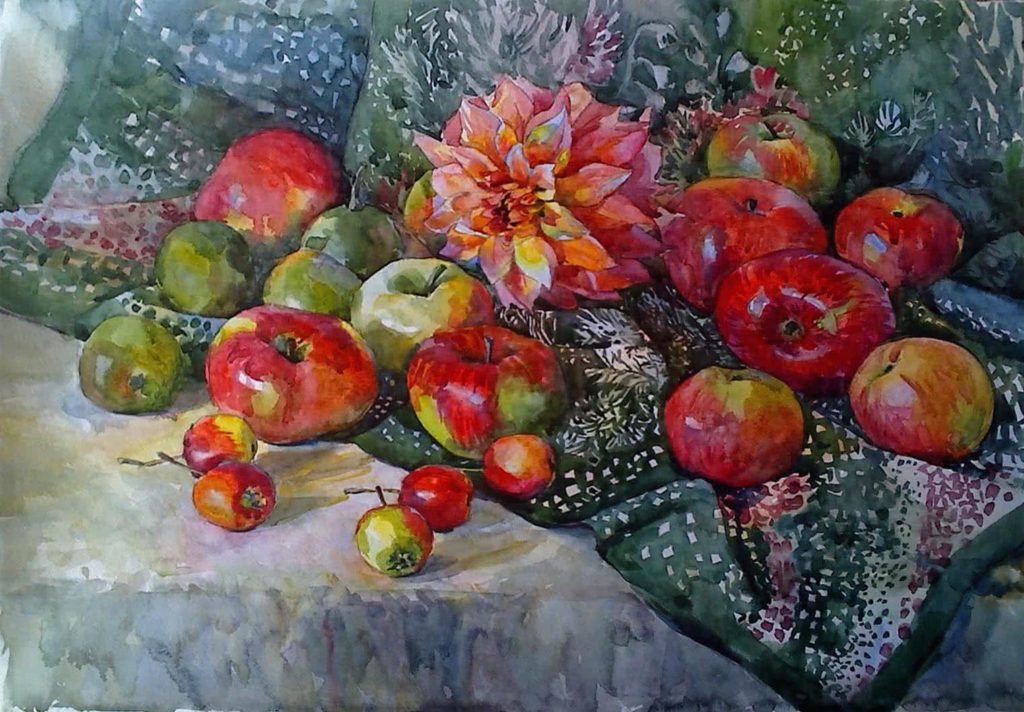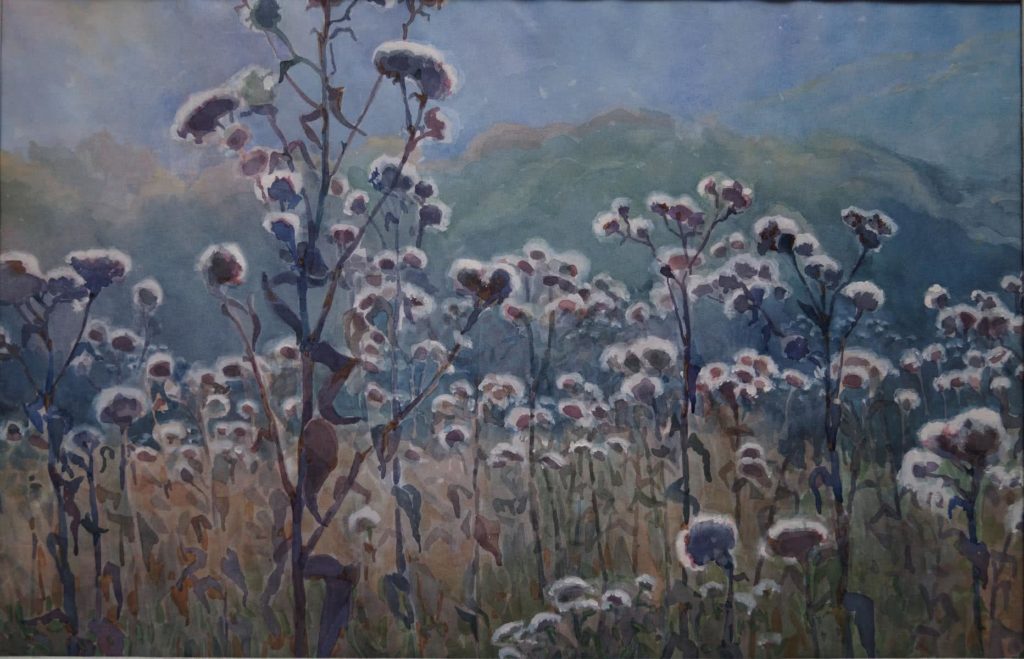Watercolor painting has become increasingly popular in recent years, but many people are still wary of it because they believe it’s too hard to master or that the results are unreliable. The truth is that watercolor can be incredibly rewarding and easy to work with once you learn how to use it correctly. Whether you’re planning to paint your living room or purchase a painting as a gift, these unique benefits of watercolor paintings will be sure to make them something you won’t regret buying.
Why watercolors?
The unique qualities that make watercolors so appealing are also what makes them challenging for many artists. For example, it takes a lot of practice to learn how to blend colors and how much water is needed for different effects; if you’re a beginner, it might be hard to get started because there are so many things you still need to know. However, once you master your medium, painting with watercolors will provide an easy way to add color and artistic value to any home. It’s true that anyone can paint with watercolors—even kids—so there’s no reason not take advantage of these unique benefits today!


Tips to get started with watercolors
Check out this amazing video how to start with Watercolor Paintings.
Even if you’re an experienced artist, you might find yourself intimidated by watercolors at first.
After all, there are endless colors to choose from and choosing can be overwhelming. That’s why we recommend starting out with simple colors—like blues and yellows—that will look great in any room. Also, keep your paintings simple: The idea is to practice using watercolors rather than trying to create a masterpiece on your first try. So don’t worry about attempting a complex painting; instead opt for something simple like a still life or portrait, which will allow you time to get used to working with watercolors without having to stress too much about making it perfect right away.
What to buy when starting out
The only basic tool you need to paint with watercolors is a brush. However, if you want to ensure clean lines when painting and make sure your paint mixes well, having a set of palette knives can be very helpful. For beginners, it’s probably best to stick with synthetic brushes; they’re less expensive than their natural counterparts and easier to handle. More importantly, they’re also washable—ideal for conserving your colors and keeping them usable for as long as possible.
How many brushes do you need?
When beginning to paint with watercolors, most students purchase a set containing an assortment of brushes. And while it’s true that all watercolor artists eventually need every type of brush in their kit, there are two basic brushes you’ll use for 90% or more of your work. The first is a round-tipped brush, which is used for detail and to blend colors together. The second is a larger flat brush that can be used for broader strokes and filling in shapes. If you opt for a starter set with many different types of brushes (and these kits often contain high-quality items), you may want to include those as well.
Tips for mixing paints
Instead of purchasing premixed sets of watercolors, it’s a good idea to mix your own custom color palette. To create your palette, choose one yellow, one red and one blue paint. Then you can use any combination of those three colors to mix any shade you want. Because primary colors work well together in a mixing bowl—even when they are used individually—watercolors are easier to mix than other forms of art like oil painting or acrylic painting.
What is watercolor paper?
When you’re working with watercolors, you need something to paint on that can handle getting wet. Typically, watercolor paper (also known as hot-pressed paper) is your best bet for strong color retention. In fact, some varieties of paper can hold up in water for hours without smudging or blurring! While not all watercolor papers are equal, what matters most is how well it works with your chosen type of paint. As a general rule, try to match up paints and papers from manufacturers that have been around awhile so you know they’ve perfected their craft.
How do I set up my palette?
The colors you’ll use for your watercolors should be very pigmented and vibrant, so when setting up your palette, it’s a good idea to have relatively light colors on one side. You don’t want any colors that are overly dark or that have too much transparency. On another side of your palette, place some fairly light colors and some mid-tone colors. This will allow you to achieve both light and dark values with ease while also providing an assortment of reds, yellows, oranges, greens and blues. Don’t forget to add in your neutrals as well!
One of the most unique features of watercolor painting is the way colors mix together as you apply them to your paper or canvas. Watercolors add such vibrance and creativity to your paintings, and choosing the right colors will help you capture exactly the mood you want in your artwork. Use these tips on how to paint with watercolor to get started today!




1 thought on “The Unique Benefits of Painting With Watercolor”